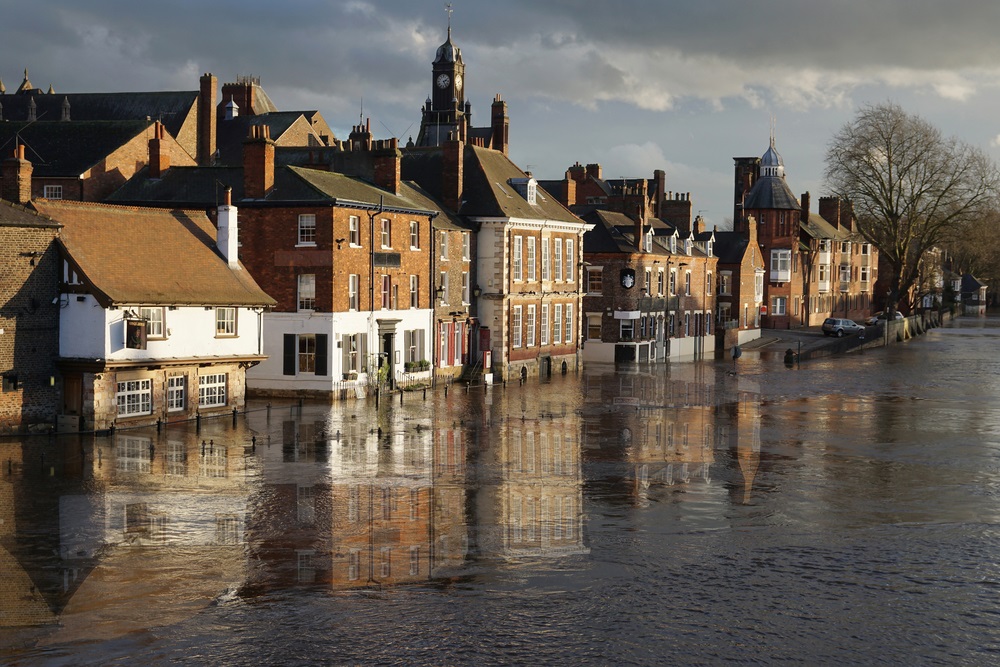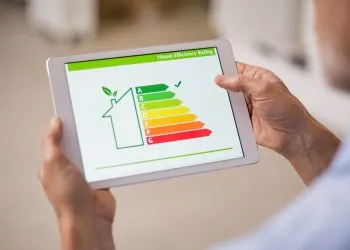Flooding is a very real risk to many properties here in the UK. Find out how you can reduce the damaging effects of heavy rainfall on your property
 One of the major factors which will be taken into consideration by your solicitor when you go through the process of buying a home is the risk of flooding.
One of the major factors which will be taken into consideration by your solicitor when you go through the process of buying a home is the risk of flooding.
Climate change means the threat of floods is becoming greater than ever before with many areas of the UK being hotspots for destruction caused by heavy rainfall.
Now, to help potential homeowners, Buildworld has highlighted the areas of the UK which are at the highest risk of flooding.
And it has also offered tips on how homeowners can reduce the impact of flooding in their properties.
Huz Member, director at Buildworld, explained there were two main ways you can reduce the impact of flooding on your property.
One of these is through nature-based flood management, which involves taking small measures to reduce the water level of nearby rivers, giving you more time to prepare in the case of flooding.
This is done, primarily, through planting trees and hedges which increase water absorption through the roots.
The other method is through property level flood protection, this comes in two forms: resilience and resistance. Resilience measures work to reduce the impact of flooding after the water enters the property. Whereas resistance protection measures aim to prevent water from entering the house.
One way this can be achieved is by installing flood gates around your home, doors, windows and other openings, which provide a water-tight barrier so no water can enter the house.
“Both types of prevention are beneficial but nature-based flood management techniques are often cheaper and first measures that you can put into place without spending a lot of money,” said Huz.
“Whereas property level flood protection may require you to buy materials and hire experts to install equipment. With the current climate we are in, we would always recommend looking into the future and installing these features – even if it is mainly nature based to start with.”
Here’s an overview of the things you can do to reduce the chances of flooding.
- Plant Trees
Planting trees, hedges and plants reduces CO2 in the atmosphere and the effects of climate change. In recent years, climate change has led to melting ice caps which raise sea levels. On a more local scale, planting trees increases the water absorption in your area through tree roots, helping slow the rate of water flow into rivers.
- Install water storage areas
Below-ground reservoirs are the perfect way to reduce the flooding risk around your property. Water tanks or reservoirs can be built or purchased and used to release floodwater.
- Build water diversions
Alternative to storing water, employing methods to drain water away from your property can save your home in the case of a flood.
A French drain or catch basin can divert surface water away from your property, keeping your foundations dry.
- Non-return valves (NRVs)
NRVs can be fitted in the drains in your home and prevent flood water and sewage water from backing up into your property. They ensure water only flows in one direction down the pipe, no matter the water pressure.
- Air bricks covers
Covering your air bricks is one of the easiest ways to prevent flood damage. You can get covers for your air bricks to use during a flood, however, these must be removed at other times to prevent dampness.
Automatically closing air bricks are one solution, which is designed to cut off flow when they detect water.
- Flood gates
Barriers and gates can be installed around your home, to doors, windows and other openings which would otherwise let in floodwater. The flood gates provide a water-tight barrier so no water can enter the house.
- Water pumps
When facing flash flooding, it is essential to respond quickly, so having a water pump is vital. Pumps can stop water pooling and pump away water quickly. They are extremely useful to prevent rising groundwater from entering through the floor.
- Flood doors
An alternative to flood gates is flood doors. These are automatic, self-closing doors that require no human to activate them. The flood barrier rises when water reaches a certain level and locks to create a seal.














